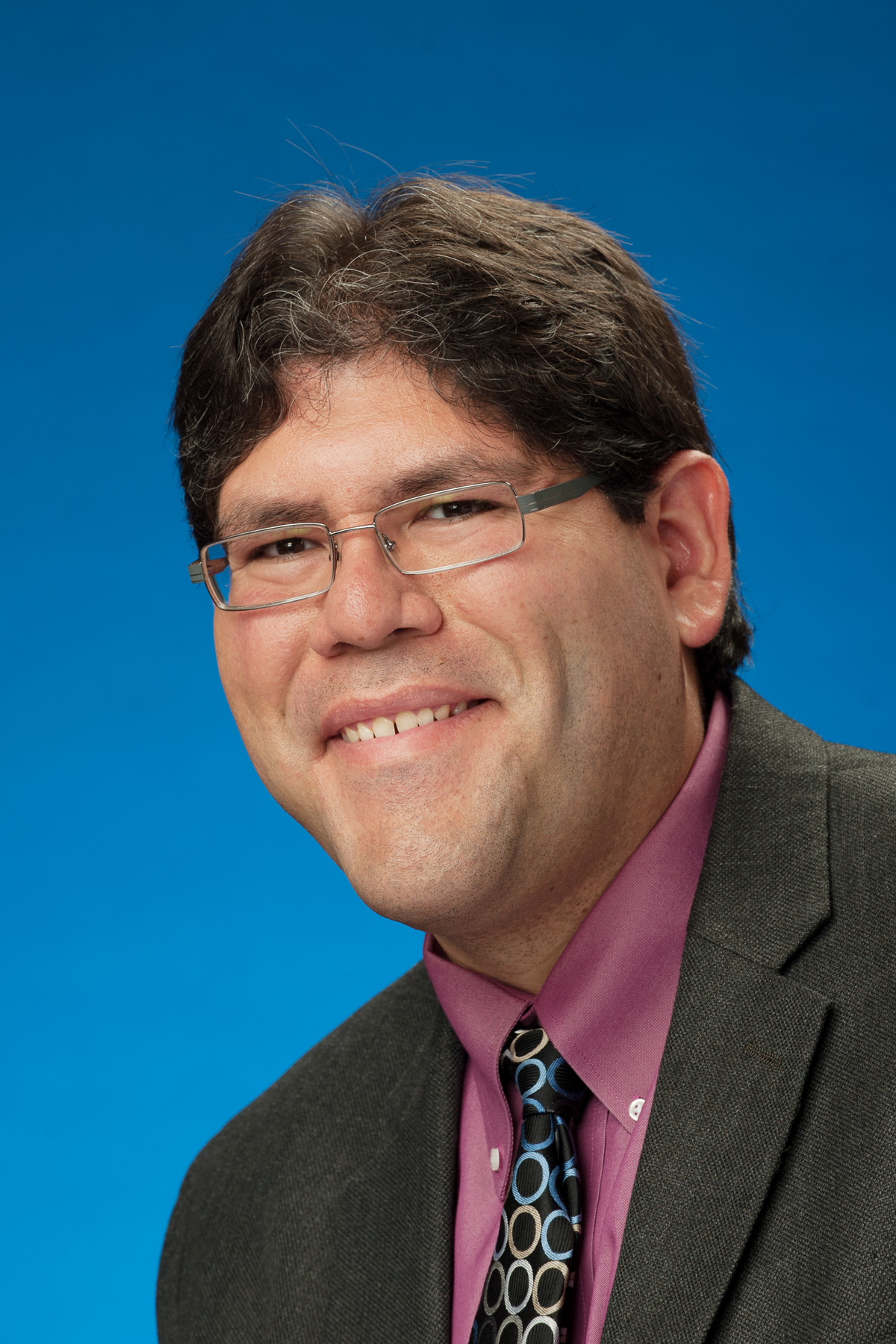College of Engineering assistant professor researches microscopic fabrication of new materials

His research may involve working with small particles, but Jaime Juarez, an assistant professor in mechanical engineering, has big plans.
Simulation of colloidal materials
Before Juarez joined Iowa State University, he worked with colloids, or materials that have coexistence between two phases of matter, as a graduate student. “Milk is a colloid, because it’s tiny little solid globules of butterfat in water, in a fluid medium.”
Juarez’s research in colloids revolved around using electric fields to take these colloids and bring them together into intricate structures. He would then study the physics of the structures to understand what forces were required to form them and how to tune those forces to create better structures.
A major problem Juarez faced was how to get a crystalline structure that was without defects. He would monitor the particles in real-time and then create a code from the information to develop the highest quality crystalline structure.
Flow cytometry
Moving to the field of flow cytometry as an NIH-supported post-doc allowed Juarez to involve himself with the betterment of people’s healthcare. “You start with a sample that contains cells that are tagged with a fluorescent molecule. In flow cytometry, we pass the sample by a laser, allowing the cells to light up. This process helps us screen for a multitude of pathogens such as rare tumor cells.”
Juarez’s work led him to begin development on a more efficient cytometer. “One of the limitations in this field is that processing a sample of whole blood with a commercial cytometer today would take about 26 hours.” To solve this issue, Juarez created a laser line using specialized optics similar to a flow cytometer. The technology can process samples up to 10 times faster than a commercial flow cytometer.
Microfabrication through micro- and nano-scale forces
Currently, Juarez’s research at Iowa State University focuses on how to control forces at the microscopic level. He says understanding the behavior and interactions of these forces will allow him to create new materials at the nano-level.
The materials Juarez plans to create will hopefully aid in the advancement of optical computing or computers that run on light. Today, computing is traditionally done by microprocessors through the use of semiconductors, but is limited by how many components you can fit onto the microprocessor. Optical computing, on the other hand, uses photons produced by lasers to transmit a much higher bandwidth than microprocessors.
According to Juarez, one of the problems that emerges on the microscopic and nano-level is Brownian Motion, or the random motion of particles suspended in liquid or gas. “A great example is if you watch a crowd play around with a beach ball. If you can imagine that the beach ball is very tiny, and all of the people are like the little molecules, so every time one of them hits the ball, it responds to that hit and moves in a different direction.”
The problem lies in the fact that to be able to create new material for optical computing, Juarez has to apply a strong enough force to overcome Brownian motion, but not so much that it sends the micro-particles or nano-particles arrangement into disarray. To overcome this, Juarez uses electrical fields similar to his work with colloids as well as developing computer models that predict the response from the material in the electrical field.
Juarez’s work integrates chemistry, so he’s hoping to recruit people who share similar interests. “We’re performing interdisciplinary and cutting-edge research. It’s an exciting opportunity.”
Outside of his work, he enjoys playing tennis, volunteering at animal shelters and doing activities that take his mind off of his work.
